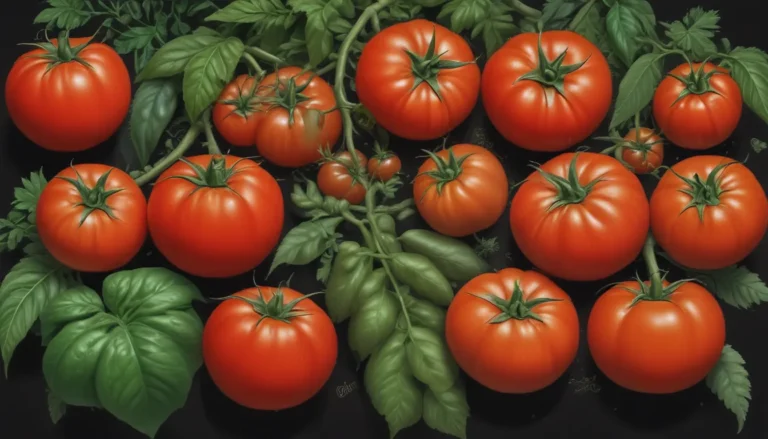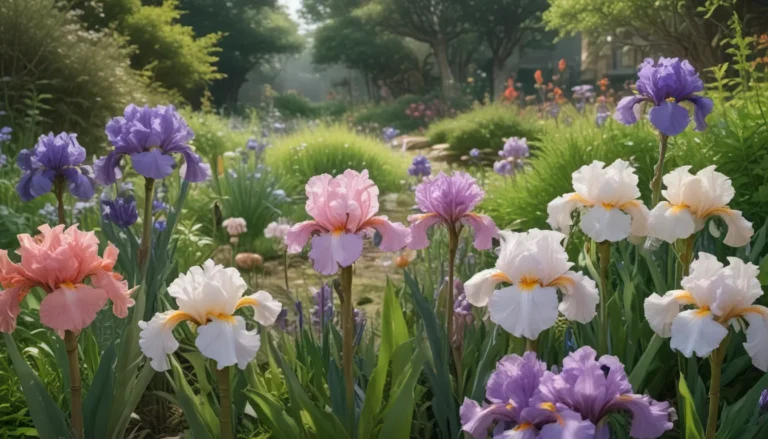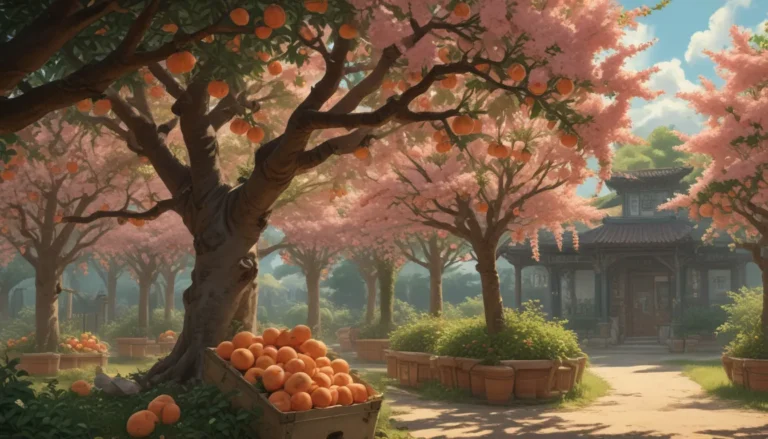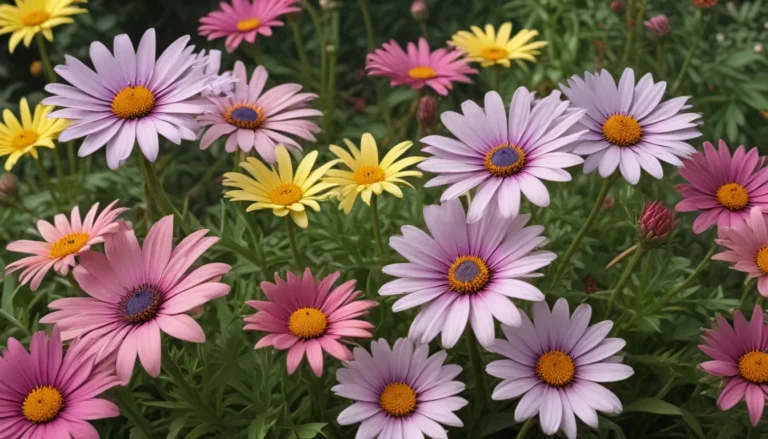The Ultimate Guide to Growing and Harvesting Garlic in Your Garden

Garlic – our beloved “stinking rose” – is a versatile vegetable that adds depth and flavor to countless dishes. But did you know that growing your own garlic is not only easy but also packed with health benefits?
In this in-depth guide, we’ll explore everything you need to know about planting, growing, and harvesting garlic in your own backyard. From the history of this pungently potent vegetable to the health and healing benefits it provides, this guide covers it all.
What Is Garlic?
Garlic, scientifically known as Allium sativum, is a bulbous perennial vegetable that has been cultivated by humans for over 7,000 years. Known for its distinctive taste and aroma, garlic is a close relative of chives, leeks, onions, and shallots.
Adaptable to a wide range of growing conditions, garlic is hardy in USDA Zones 4 to 9. There are two main varieties to consider: softneck varieties, which are more common in supermarkets and easier to grow; and hardneck varieties, which offer a more complex flavor and larger bulb sizes.
Softnecks (A. sativum)
Softnecks are known for their productivity, ease of growth, and long storage life. They are commonly found in supermarkets and are ideal for warmer climates.
Hardnecks (A. sativum var. ophioscorodon)
Hardneck varieties produce upright flower stems called scapes, which are a culinary delight. They offer a deeper flavor and larger bulbs, making them worth the extra effort in appropriate growing zones.
While both types of garlic have powerful healing properties, it’s important to note that the benefits are most potent when consumed raw.
Cultivation and History
The history of garlic is rich and multicultural, with ancient civilizations such as the Greeks, Romans, and Egyptians using it for both culinary and medicinal purposes. It has long been revered for its immune-boosting and healing properties.
In India, garlic was used as an Ayurvedic remedy, while the Greeks and Romans fed it to athletes to improve strength and endurance. Today, many of these traditional uses are still supported by scientific research.
Garlic Propagation and Planting
Garlic can be grown from seeds or bulbils, but the preferred method is to propagate it from cloves. When planting garlic, choose large, firm bulbs free from blemishes and with intact skins. Plant the cloves in well-draining, fertile soil with full sun exposure, and follow the recommended spacing and depth guidelines.
Whether you plant in the spring or fall, garlic requires a period of vernalization to stimulate bulb formation. Softneck varieties are better suited to warm climates, while hardnecks thrive in colder regions.
Adequate fertilization, watering, and mulching are essential for healthy garlic plants. And don’t forget to remove scapes before flowering to concentrate energy in the bulbs and enhance flavor.
Companion Planting with Garlic
Garlic is a natural pest and fungus repellent, making it an excellent companion plant for a wide range of vegetables and herbs. While it deters many garden pests, it’s best to keep it away from asparagus, beans, and peas to avoid stunting their growth.
Interplanting garlic bulbs throughout your garden can maximize its benefits and promote healthy plant growth.
Garlic Cultivars to Select
Whether you choose softneck or hardneck varieties, there are numerous cultivars to consider for your garden. From silverskins and artichokes to purple stripes and porcelains, each type offers unique flavors, colors, and storage capacities.
When selecting garlic cultivars, consider factors such as cold tolerance, flavor profile, and bulb size to find the best fit for your growing conditions.
Managing Pests and Disease
While garlic is relatively resistant to pests, it can suffer from diseases such as basal rot, downy mildew, and white rot. Selecting disease-resistant varieties and following proper planting and care practices can help prevent infection.
Rotate allium crops annually to reduce disease pressure, and monitor your plants regularly for signs of pest infestation or fungal growth.
Harvesting and Storing Garlic
Harvest garlic when a majority of the lower leaves have yellowed and withered. Carefully loosen the soil around the bulbs and lift them out, being mindful not to damage the cloves.
Curing is essential for developing full flavor and ensuring long storage life. Hang garlic bulbs to dry in a well-ventilated, dark area for four to six weeks before storing in a cool, dry place.
For fresh eating, you can enjoy garlic straight from the garden without curing. Green garlic, harvested in the spring, offers a milder flavor and unique culinary experience.
Cooking with Garlic
From roasted garlic spread to pesto and aioli, there are countless ways to enjoy the rich, savory flavor of garlic in your culinary creations. Use fresh cloves in soups, stews, and marinades for a flavorful punch, or roast whole heads for an aromatic spread.
Experiment with different cooking techniques to showcase the versatility of garlic in your dishes. Whether you’re a novice cook or a seasoned chef, garlic is a must-have ingredient in any kitchen.
Health and Healing Benefits
Garlic is not only a flavorful addition to your dishes but also a powerhouse of health benefits. Consuming garlic regularly may boost immunity, combat infections, and promote overall wellness.
Allicin, a compound found in garlic, exhibits powerful antimicrobial effects but is most potent when consumed raw. While cooking garlic can enhance its flavor, it may reduce some of its medicinal properties.
Consult with a healthcare professional before using garlic as a medicinal remedy, as it may interact with certain medications or conditions.
Conclusion
Growing garlic in your garden is a rewarding experience that offers a wealth of culinary, health, and healing benefits. By following the cultivation and care tips outlined in this guide, you can enjoy a bountiful harvest of flavorful, aromatic garlic bulbs.
Whether you’re a seasoned gardener or a first-time grower, garlic is a versatile plant that can enhance your garden and your kitchen. From planting to harvesting, curing to cooking, there’s a world of possibilities waiting for you with this humble yet powerful vegetable.
What are your experiences with growing and cooking garlic? Share your stories and tips in the comments below and join the conversation on all things garlic!
By incorporating detailed information, helpful tips, and practical advice, this comprehensive guide aims to equip readers with the knowledge and tools they need to successfully grow and enjoy garlic in their gardens. With a conversational and engaging tone, this article provides a wealth of information that will educate and inspire readers to discover the joys of growing their own garlic.





